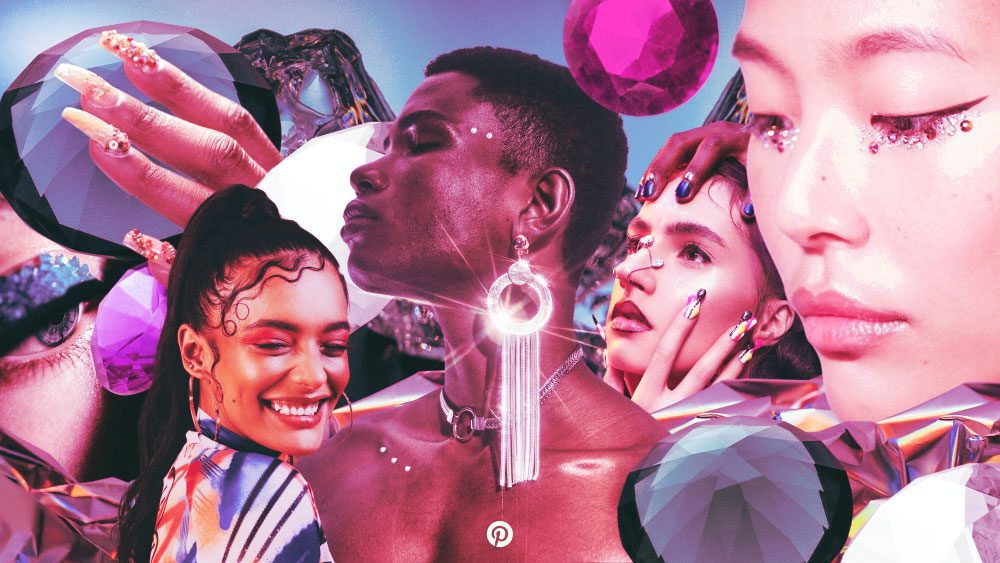Similar to Apple Events and Dreamforce, Pinterest is the latest tech-enabled company to invest in events as part of their marketing mix.
Presented on the 3rd of March, Pinterest advertiser summit, Pinterest Presents, was presented to media agencies through a range of speakers sharing the latest consumer trends (through Pinterest data) and advertising the latest product updates; all linking back to the emerging relevance of Pinterest and why it should be considered in the digital marketing mix.
Right from the beginning, this 2-hour event looked to engage prospective agency advertisers with trends around global Pinterest usage and the aspirational differentiator for the platform. Selling it as “…the spark that makes someone’s dream a reality…”, “[a place for] engaging your audience on a platform they use for inspiration.”
As we look to the future and marketers look to build their FY22 plans, last year taught us that a range of tactics will be needed to engage target audiences, one of which should be events.
In using Pinterest Presents as the case study, below are a range of insights and learnings we can look to use when considering an event, summit or series of episodes to promote a brand.
Demonstrating audience understanding
Pinterest Presents started with the Founder and CEO of Pinterest, Ben Silbermann, sharing that 450 million+ people use Pinterest worldwide. Firstly, sharing stats like these is exactly how brands, like Spotify, should and do engage advertisers.
Tip: Leading with app usage promotes relevance to their audience (us, as advertisers). This is a great way to set up an event, and engage an audience. As now Ben has set up the amount of users, he can share the different ways they can be engaged.
During the first presentation, we learn that people in Australia search for fire-pits, gardens, wedding inspiration and banana bread recipes. In this way, Pinterest was able to break down consumer trends by audience segment – something that we and many other advertisers do to demonstrate understanding of audience demographics/segments.
Tip: When looking to host an event, ensure to include a range of company and external spokespeople. All company KOLs (internal brand ambassadors) should draw on insight and data to shape the conversation. Leading with insight is a great way to show, not tell, how advertisers can use this data to better reach their audience.
The event experience speaks to the brand
After a year of webinar-fatigue, when looking at the webinar overall, it was refreshing to see a brand heavily invest in the UX and production of multiple conversations.
Tip: While there are benefits of combining key speakers for a summit, it’s important to build content based on audience engagement times. If company data demonstrates people don’t spend longer than 30-minutes on videos, or look past page 5 for a report – don’t build something that goes against customer behaviour.
By far the best anecdote, in my opinion, was the comment the Pinterest Founder shared at the end of his talk. Closing with the importance of why, as advertisers, we should exist. To inspire the future.
Leveraging topical moments, and speakers
It’s not possible to write this article without heroing the keynote speaker of the event, Chrissy Tegan. The use of Chrissy for this event was a neat way to share how she has promoted her brand through Pinterest, and further hero the ethos/key differentiator of the platform. Which, as shared by numerous presenters, is sharing inspiration (and not providing a social platform for opinion/debate).
For many of our neighbours worldwide, I imagine this can be seen as a noble offering.
Tip: The use of a topical speaker, who can speak to the brand ethos (and the detrimental impact of other social platforms) and be used as a case study for effective marketing, is a great way to engage prospects. Pinterest Presents used Chrissy in pre-event advertising in video advertising too, which I had previously seen on LinkedIn.
Learning from the best
From previously successful brand events, marketers and consumers have learnt about the importance of making the event concise, the experience rich, the speakers topical (whether that be influencers and/or brand ambassadors) and the insights, bite sized.
Whilst some references, like the age-old reference to maslow’s hierarchy of needs, can and should be flipped on its head when trying to engage advertisers. Sharing product updates, like Story Pins and Virtual Try On (AR-led software to empower consumers to try products from home), in the summit is something all brands should consider for future events.
Final tip – a few questions to consider when approaching an event: What makes this event different? What is the value add for my audience? And, how can we innovate CX on our platform through heroing data and products?
